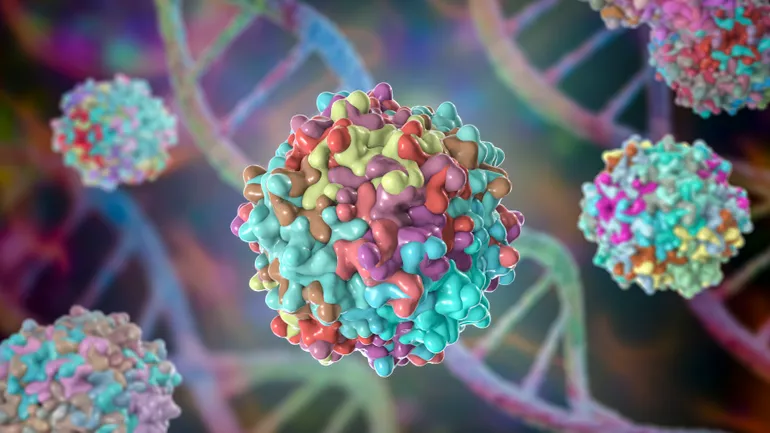With new data, Pliant drug shows promise in tough-to-treat lung disease


Dive Brief:
- An experimental medicine from Pliant Therapeutics improved a measure of lung function in a small, short clinical trial of idiopathic fibrosis patients, a tough-to-treat disease that’s proved a challenging target for drugmakers.
- The results come from a Phase 2 trial designed primarily to test safety. While the treatment succeeded on that measure over 12 weeks of use, an exploratory analysis also showed an improvement on an indicator of lung health that measures how much air a person can breathe out.
- Pliant is testing a higher dose of its drug in the trial, with results expected next year. In the meantime, the company is discussing plans for late-stage development with drug regulators, the company said in a statement on Sunday.
Dive Insight:
Idiopathic pulmonary fibrosis, a rare condition that causes scar tissue to build up in the lungs and leads to breathing problems, has proved an elusive target for drugmakers.
Though two drugs have been approved in recent years, Roche’s Esbriet and Boehringer Ingelheim’s rival Ofev, neither are cures. What’s more, several drugs have failed in clinical testing. Just last year, for instance, Gilead and Galapagos ended research on a closely watched drug in Phase 3 testing after study investigators determined its benefits didn’t outweigh its risks.
Success, however, could lead to a blockbuster product, as both Ofev and Esbriet have become. Pliant, which went public in 2020, is one of a group of companies hoping to follow. The company’s first chance to do so is a drug that interferes with a protein, TGF-beta 1, implicated in the formation of scar tissue.
The Phase 2 trial is testing one of four doses of Pliant’s drug, called PLN-74809, or a placebo in 90 IPF patients over the course of 12 weeks. About 80% of them are already taking Ofev or Esbriet. Pliant said all but two to receive its drug completed treatment, and most side effects were mild to moderate in nature. Pliant only reported results in patients who received the lowest three doses.
While the study wasn’t designed to test the drug’s effectiveness, Pliant still evaluated the treatment’s impact on a key measure of lung function, forced vital capacity or FVC, that’s a standard study goal in pulmonary fibrosis. FVC declined in patients who got the low (-46.1 milliliters) and high (-25.1 mL) doses, as well as placebo (-74.1 mL), but improved (24.6 mL) in those who received a mid-level dose. Though the highest dose didn’t perform the best on that measure, as drugmakers hope to see, fewer treated patients on higher doses had 10% declines in lung function, Pliant said.
Overall, the results weren’t statistically significant and weren’t expected to be given the “inherent variability” of FVC as a measure, wrote RBC Capital Markets analyst Brian Abrahams. But the results were nonetheless “a surprise given the short duration of the study,” he added, noting that the “consistency of the data suggests a clear treatment effect that is more likely than not to be replicated in future studies.”
That’s the challenge ahead for Pliant, which will first test a higher dose before moving on to a larger, longer trial. Shares climbed about 30%, to over $11 apiece, in pre-market trading, though they still trade well below its $16 debut price in 2020.
This post has been syndicated from a third-party source. View the original article here.




